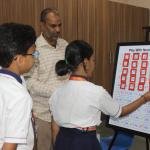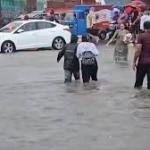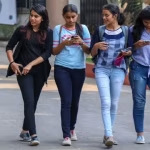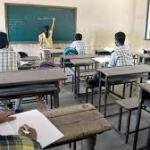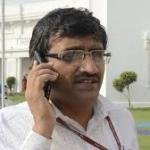Putting the Maratha Military Landscapes on the UNESCO World Heritage list is a significant step towards recognising Indian monuments of victory and glory and decolonising the heritage space. The momentum must be taken further as this area had been neglected for a long time post-Independence.
Monuments are our collective memory etched in stone. After Independence, there was little effort to correct the mindset of teachers and those preparing history books. The colonial mindset continued even in the preservation of monuments and archaeological sites. Teaching took place under the shadow of what PM Modi has called the history of our defeat and the stories of enemies’ victories.
It is only under the Modi government that the decolonisation drive has begun, giving us new insights into the history that the British and the Left cabal sought to bury. It has highlighted the stories of King Suheldev, Rani Durgavati and Lachit Barphukan. The founder-king of Delhi, Maharaja Anangpal Tomar, was long ignored — now, Anang Tal, which was a neglected sewer reservoir, has been designated a Monument of National Importance. Excavations at Rakhigarhi have restarted. The Navy has new insignia inspired by Chhatrapati Shivaji. There have also been efforts to delve into the history of tribal communities’ wars of independence in the Northeast, specifically the Tai-Khamti War (1839). These are just a few examples of the Modi government’s vision of resurrecting India’s glorious history and detoxing colonised minds.
As chairman of the National Monuments Authority (NMA), I had an opportunity to flag some anomalies and suggest changes in the way we look at preservation. We have created a list of 3,695 Monuments of National Importance that have brought out interesting facets of Indian history.
Afzal Khan, the cruel general serving the Adil Shahi dynasty of Bijapur, believed a prophecy about his death before his “meeting” with Shivaji. Some tales suggest that he killed his many wives the night before he departed to encounter his foe. We know Shivaji killed him. But the graves of his wives are now a Monument of National Importance in Bijapur. Maharani Tarabai Bhonsle fought the Mughals and ruled as a Maratha queen for 30 years. But her samadhi is in ruins in Satara. It deserves the honour of being a Monument of National Importance.
The great Sikh warrior Baba Baghel Singh conquered Delhi in 1783, made the Mughal emperor pay fines and constructed seven gurdwaras including Sis Ganj Sahib. His 30,000 Sikh soldiers camped near the Red Fort — and so, the camp became known as Tis Hazari. But nowhere, even in the Red Fort Museum, is there any mention of this conquest. The National Monuments Authority was asked to approach the Tis Hazari court to ask if it would like to have the name explained in its precincts.
The Marathas conquered Delhi in 1757 under Raghunath Rao and in 1771 under Mahadaji Shinde. They controlled the Red Fort and continued to rule until 1803, when the British overpowered them in the second Anglo-Maratha War. The British took Delhi from the Marathas and not the Mughals. This fact, too, is completely missing from the Red Fort museum. The NMA struggled for two years to have this mentioned on a wall of honour inside the fort without any success.
On the Delhi-Meerut highway, there lies a nondescript grave of British soldiers who were killed by local revolutionaries in 1857. This was declared a Monument of National Importance. But the Kali Paltan Augharnath temple, Meerut, a renowned place that housed revolutionaries and Purabia soldiers — a shelter for the marching armies of the freedom struggle — has been refused the honour.
There isn’t a single Monument of National Importance connected with the Dalit struggle and B R Ambedkar’s life. His first primary school in Satara and the Sayaji Baug Vadodara Banyan tree, where he resolved to bring equality for all Indians, now known as Sankalp Bhumi, have yet to be accepted as national monuments.
After a detailed site inspection by the NMA, the Governor of Kerala sent a recommendation to declare the birthplace of Adi Shankara, Kalady, a Monument of National Importance. It was not even responded to.



